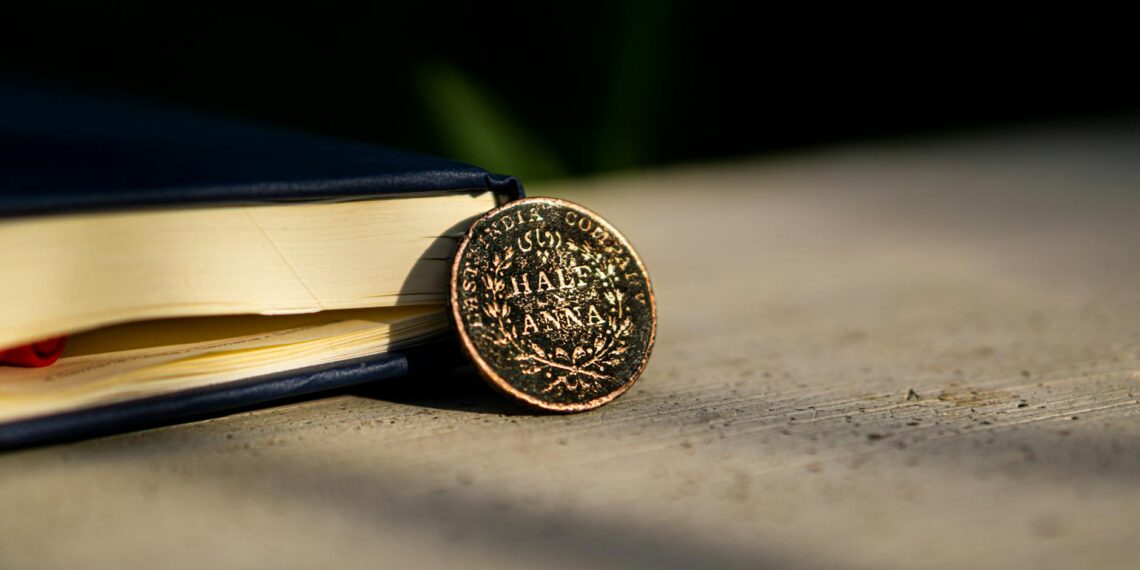In most cases, when a coin has no mint mark, it means it was minted at the Philadelphia Mint.
The Philadelphia Mint, being the first U.S. Mint, didn’t initially use a mint mark to identify its coins because it was the only one in operation, according to davewcoins.com. This practice continued for many years even after other mints opened.
However, there are exceptions to this general rule:
- 1965-1967: No mint marks appeared on circulating coins from 1965 to 1967 due to the Coinage Act of 1965 which eliminated them to discourage collecting during a coin shortage.
- Wartime Nickels (1942-1945): The Philadelphia Mint did use a “P” mint mark on the Jefferson Nickels produced during World War II to indicate a change in their metal composition (35% silver).
- Susan B. Anthony Dollar (1979): The “P” mint mark was introduced on the Susan B. Anthony dollar minted in Philadelphia in 1979.
- Post-1980 Coins (excluding cents): Since 1980, all coins minted in Philadelphia (except for the Lincoln cent) have carried a “P” mint mark.
- 2017 Lincoln Cents: A “P” mint mark was placed on the 2017 Lincoln cents to commemorate the U.S. Mint’s 225th anniversary, [according to The Spruce Crafts].
- West Point and San Francisco Mints (certain circulating pennies): Between 1974 and 1986, some Lincoln cents were struck at the West Point bullion storage facility and circulated without a mint mark to prevent hoarding. Similarly, some circulating pennies from the San Francisco Mint were also issued without mint marks in the late 1970s and early 1980s.
It’s important to note that the absence of a mint mark does not automatically make a coin rare or valuable. While there are specific instances of valuable “no mint mark” coins (like the 1975 “no S” proof dime), most circulating coins without a mint mark are common Philadelphia issues.








